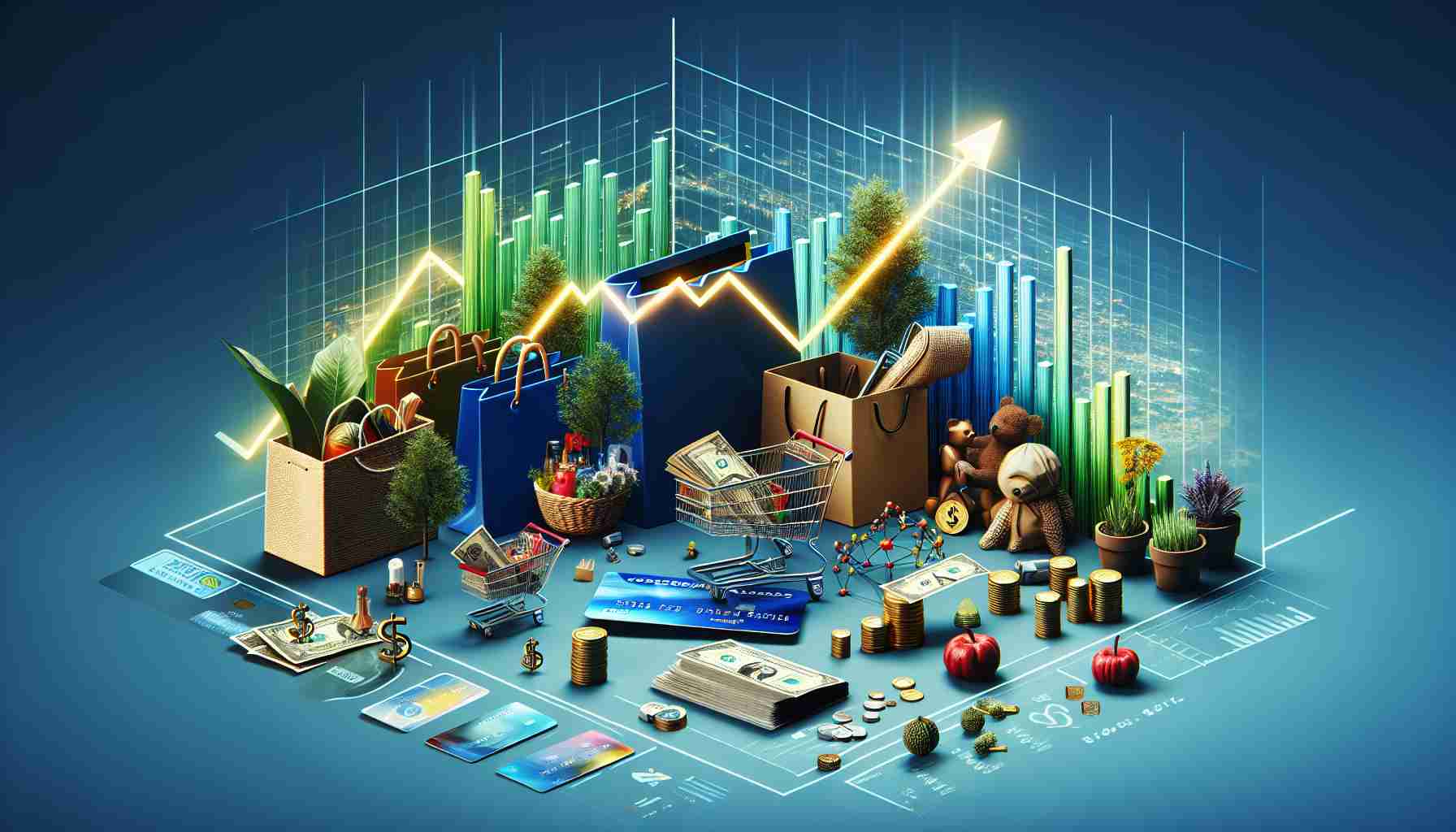In May, economic data showed signs of lagging performance in industrial value-added and urban fixed-asset investment, contrary to expectations. However, the growth rate in retail consumption exhibited a rebound. Real industrial growth slowed, offsetting the uptick in output prices, while nominal output remained steady. The overall revenue and profit improvement momentum in the corporate sector paused. The export delivery value increased despite a decline in the sales-to-output ratio, with domestic demand being a bigger drag on output than external demand.
In terms of industrial sectors, there was a convergence in differentiation between raw material industries and manufacturing sectors. While the former slowed down inventory reduction, the latter saw a deceleration in inventory accumulation. Notably, industrial equipment-related products continued to show strength, aligning with the global manufacturing upswing cycle and export-led logic. However, caution is warranted due to the risks posed by tightening trade policies from overseas economies, especially impacting the automotive industry.
Overall, with the slowdown in investment growth in May and a continued weakening trend in infrastructure and real estate investment, the focus has shifted towards the impact of the issuance of special national bonds and the implementation of funds on physical work progress to drive investment momentum. The manufacturing sector’s investment trajectory remains stable, supported by economic transformation, upgrades, and low financing costs.
On the consumer front, a surge in nominal retail sales of social consumer goods in May outpaced expectations, driven by a significant acceleration in year-on-year growth. Online consumption, particularly non-physical goods sales, saw substantial growth, indicating a shift towards positive growth. Despite challenges in some sectors, the overall stability in consumption incrementally strengthened in May, fueled by services consumption and enhanced by the extended May Day holiday period.
In conclusion, as consumer habits evolve, employment and income improvements remain slow. While the shift towards normal consumer behavior continues, there is a growing need for income support to strengthen the intrinsic relationship between consumption, income, and further consumption. As we anticipate a stable consumption trend prevailing in the long term, the impact of population dynamics and shifting consumer habits will continue to shape and drive economic growth.
Additional Facts:
1. E-commerce sales have been steadily increasing as consumers prefer the convenience of online shopping, especially in light of the global pandemic.
2. The rise of sustainable and eco-friendly products has influenced consumer behavior, with more people choosing environmentally conscious options.
3. Generation Z is becoming a significant consumer demographic, known for prioritizing experiences, authenticity, and social responsibility in their purchasing decisions.
Key Questions:
1. How does the shift towards online consumption impact traditional brick-and-mortar stores?
– Answer: Traditional retailers are facing the challenge of adapting to the digital landscape and enhancing their online presence to remain competitive.
2. What strategies can businesses employ to leverage consumer behavior shifts for their economic benefit?
– Answer: Businesses can focus on personalized marketing, offering sustainable products, and improving their online shopping experience to attract and retain customers.
Advantages:
1. Increased online consumption can lead to cost savings for consumers and businesses alike through reduced overhead costs.
2. Consumer demand for sustainable products can drive innovation and promote environmentally friendly practices in various industries.
Disadvantages:
1. Overreliance on e-commerce may impact local businesses and traditional retail establishments, leading to job losses in certain sectors.
2. The production of sustainable products may come with higher manufacturing costs, potentially leading to higher prices for consumers.
Related Links:
1. AP News
2. Reuters
